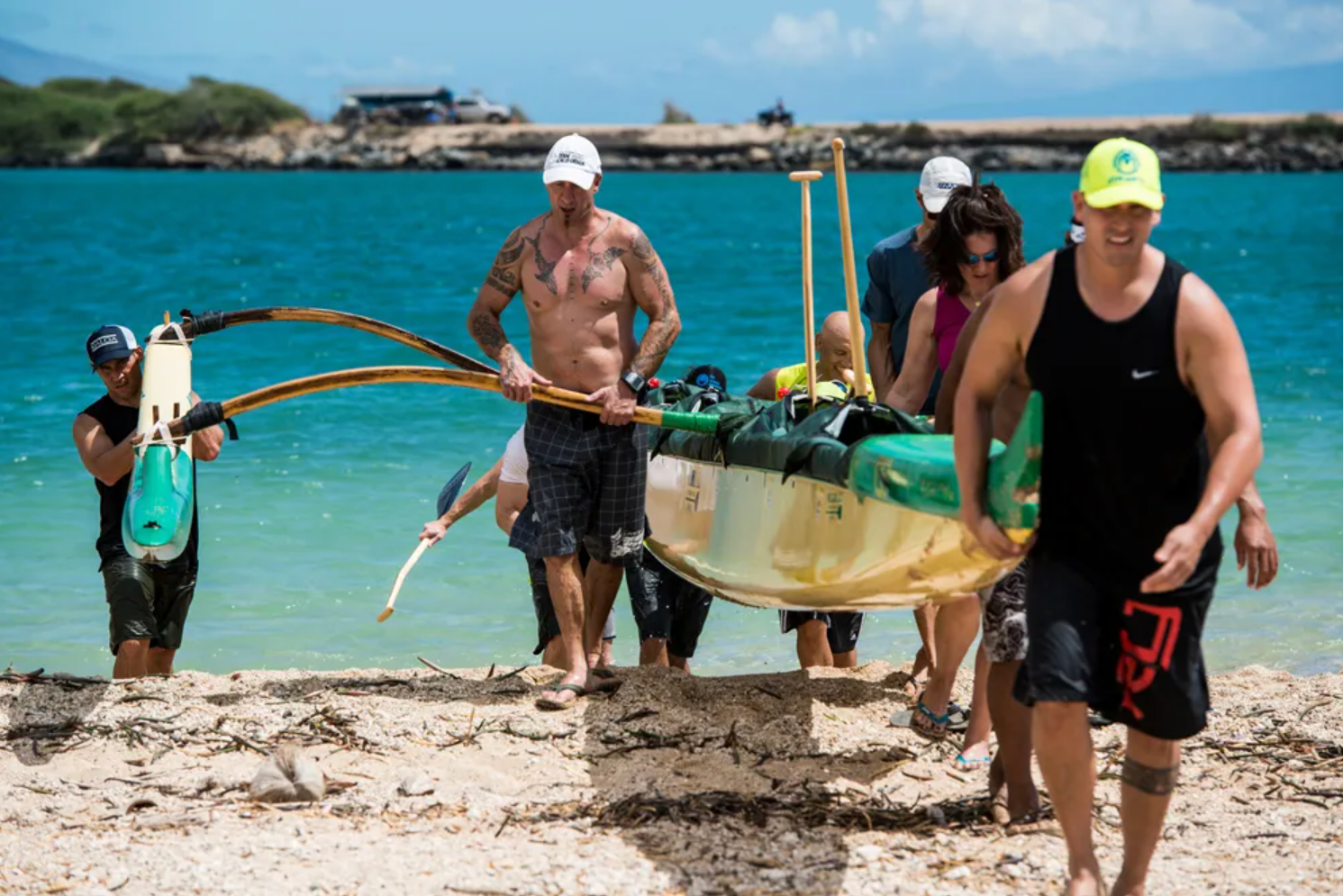
Navigating Leadership with the Canoe Leadership Role Theory
 There are a number of different approaches to leadership, the Canoe Leadership Role Theory (CLRT) emerges as new framework, illuminating the intricate dynamics of crew roles and interactions. Just as every individual possesses a unique leadership style, the CLRT posits that within the confines of a team—be it a crew, a corporate entity, or an organization—each member has a distinct role to play, similar to the paddlers in a Polynesian-Hawaiian Wa’a [the outrigger canoe].
There are a number of different approaches to leadership, the Canoe Leadership Role Theory (CLRT) emerges as new framework, illuminating the intricate dynamics of crew roles and interactions. Just as every individual possesses a unique leadership style, the CLRT posits that within the confines of a team—be it a crew, a corporate entity, or an organization—each member has a distinct role to play, similar to the paddlers in a Polynesian-Hawaiian Wa’a [the outrigger canoe].
Conflicts, misunderstandings, and inefficiencies often arise when roles overlap, clash, or remain undefined. It’s akin to two paddlers trying to paddle or steer the canoe in opposite directions, resulting in chaos and stagnation. Recognizing one’s role, understanding its boundaries, and respecting the roles of others are pivotal to ensuring that the team moves in harmony, with each stroke synchronized to propel the canoe forward instead of in circles.
 Enter the Contextualized Leader—a visionary who not only grasps their role but also adapts it based on the situation at hand. Such leaders are similar to chameleons, seamlessly transitioning between roles as the scenario demands, ensuring that the team’s objectives are met without friction. Whether it’s stepping up to lead a critical project, relinquishing the reins to another more suited for a particular task, or understanding the nuances of a client’s position within their organization, the Contextualized Leader is always in tune with the rhythm of the team. The Contextualized Leader wants to reduce friction and increase speed through harmony and synchronization.
Enter the Contextualized Leader—a visionary who not only grasps their role but also adapts it based on the situation at hand. Such leaders are similar to chameleons, seamlessly transitioning between roles as the scenario demands, ensuring that the team’s objectives are met without friction. Whether it’s stepping up to lead a critical project, relinquishing the reins to another more suited for a particular task, or understanding the nuances of a client’s position within their organization, the Contextualized Leader is always in tune with the rhythm of the team. The Contextualized Leader wants to reduce friction and increase speed through harmony and synchronization.
However, the essence of CLRT isn’t reduced to individual recognition or asserting dominance of one or a few. It’s about harmony, working together, and maximizing the collective efforts of the crew. We transform potential into actuality. We foster the understanding that the strength of the canoe lies not in a single paddler but in the synchronized efforts of the entire crew. When each crew member embraces their seat in the boat, then the crew becomes an unstoppable force, cutting through challenges with precision and agility like the Wa’a through the waves.
In sales and marketing, the CLRT offers invaluable insights to your understanding of your client. When you know the role your client fills within their organization, you can position your presentation so that you resonate with your client’s felt needs and align with their position. It allows you to speak the client’s language, understanding their challenges, and offering solutions that fit seamlessly into their company’s framework (crew) with maximum positive impact for them.
 The Canoe Leadership Role Theory is more than just a theoretical framework—it’s a compass that guides the team to unparalleled success. When the goal is synchronized effort, pace maximization, and achieving milestones with unmatched precision, the CLRT emerges as the guiding star. We are reminded that when we crew for leadership and resource a team being comprehensive in our recruiting of positions and filling the seats on the Wa’a is crucial. When you understand your role in context of respecting the roles of others, we then amplify the speed and efficiency of crew success.
The Canoe Leadership Role Theory is more than just a theoretical framework—it’s a compass that guides the team to unparalleled success. When the goal is synchronized effort, pace maximization, and achieving milestones with unmatched precision, the CLRT emerges as the guiding star. We are reminded that when we crew for leadership and resource a team being comprehensive in our recruiting of positions and filling the seats on the Wa’a is crucial. When you understand your role in context of respecting the roles of others, we then amplify the speed and efficiency of crew success.
